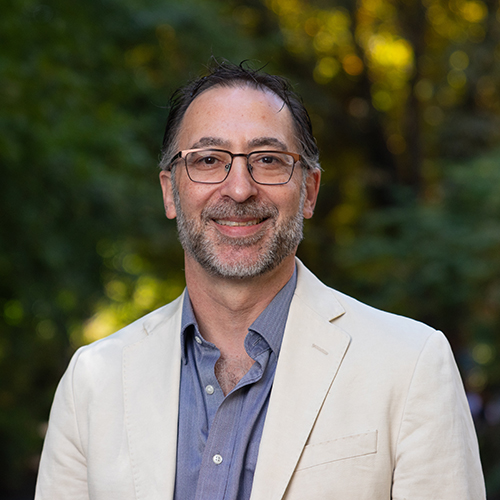When the Boeing bust hit Seattle in the late 1960s, physicist Lillian C. McDermott, who had been teaching at Seattle University and the UW, found herself out of work. Determined to continue in physics, she volunteered to help teach a UW physics course for prospective elementary school teachers. The experience sparked an interest in K-12 teacher preparation in physics that has continued for more than 40 years.

Today McDermott is a nationally recognized leader in physics education research. In the early 1970s, together with Arnold Arons, she established the UW's Physics Education Group (PEG), which she has led for many years. This group, the first of its kind, has served as a model for others across the nation. Graduate students in the group can earn a PhD in physics for conducting research in physics education. Instructional materials developed by the group are widely used. For her many accomplishments, McDermott, UW professor of physics, is being honored by the American Association of Physics Teachers with its 2013 Melba Newell Phillips Medal.
“The award really isn’t just about me,” says McDermott. “It’s about the whole group. Nobody does this alone. If the award calls attention to the work being done in this field, that’s a good thing.”
McDermott’s study of teaching and learning has always been based in research, using the same exacting standards as her colleagues in experimental physics. Unlike broader research on student learning, her work is firmly grounded in the discipline of physics, focusing on how students learn specific physics concepts.
One surprising finding: all students tend to have the same difficulties when it comes to physics, whether they be honors students or underprepared students, learning in large classes or small ones. “Honors students often can express what they’re doing in sophisticated ways that can hide the problems,” McDermott says, “but the problems are still there.”
For people to learn, they have to go through the thinking themselves. Teaching by telling won’t do.
The Physics Education Group has developed and thoroughly tested materials to address those problem areas, resulting in two sets of curricula, Physics by Inquiry (PBI) and Tutorials in Introductory Physics. These curricula, especially PBI, help students gain direct experience with the process of science. The emphasis is on guided inquiry rather than memorization. The texts are being used throughout the U.S. and abroad in physics courses for undergraduates and in special courses for the preparation of current and future K-12 teachers of physics and physical science.
“For people to learn, they have to go through the thinking themselves,” says McDermott. “Teaching by telling won’t do. So the question becomes how to engage students at a sufficiently deep intellectual level that they can go through the thinking necessary to develop and apply the concepts. That’s difficult.” McDermott adds that while the group’s research originally focused on introductory courses, the same idea works for all levels. Current PhD students in physics education are working on topics for more advanced courses.

“Instructors who have used PBI and the Tutorials have often expressed surprise at the almost uncanny accuracy with which they identify and address common student learning difficulties that instructors often overlook or whose existence they may initially deny,” comments David E. Meltzer, a physicist on the faculty of Arizona State University’s Teachers College. “Improvements in student understanding resulting from use of the materials are often striking and have been documented dozens of times in the research literature.”
Meltzer offers his comments in a Foreward to A View from Physics, a soon-to-be-published book by McDermott about the history of physics education research at the UW. While the book focuses on education research in physics, analogies to discipline-based education research in other sciences can be readily made. “The underlying message,” says McDermott, “is that teaching should be viewed as a science as well as an art.”
“Our conclusions have been derived from studies that follow, as closely as possible, the procedures and rules of evidence that characterize physics research,” McDermott explains. “Although there are important psychological, social, and other factors that can affect student learning, the emphasis of our group has been on the intellectual challenges physics presents to students.”
For more about the UW’s Physics Education Group, visit courses.washington.edu/uwpeg.
More Stories

The Public Impact of Private Cities
Geography major Edwin Bai has researched private cities, developed by individuals and corporations, that "take the libertarian idea of low government regulation to the maximum."

Awards for Research, Social Justice Efforts & More
Recent awards celebrate Arts & Sciences faculty, staff, and alumni for their research, social justice work, lifetime achievements, and more.

The Curious Journey of Chinese Characters
Several Asian countries adapted the Chinese writing system—the oldest writing system still in use—for their own languages. In a new book, Professor Zev Handel shares how that happened.